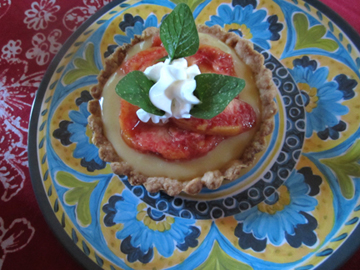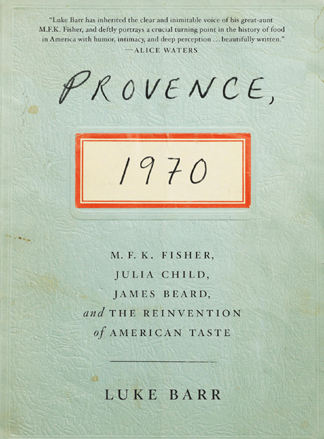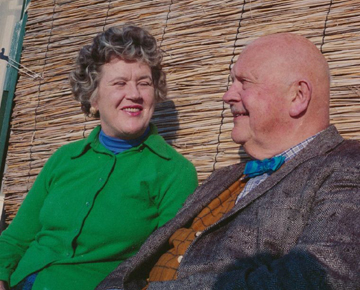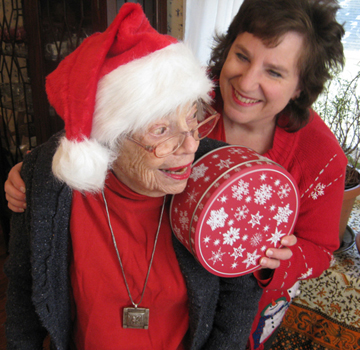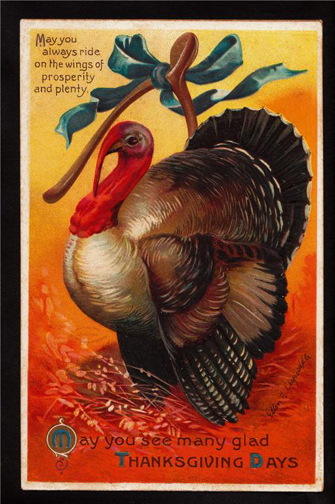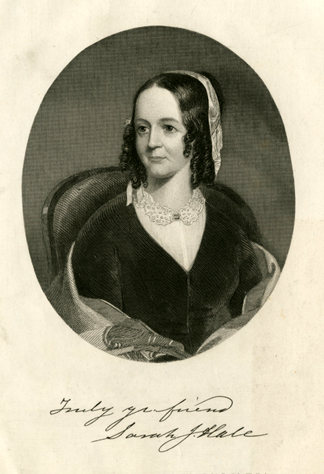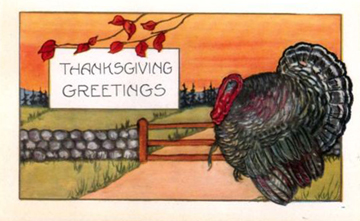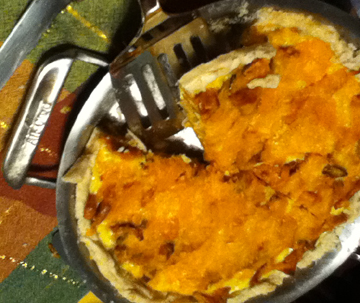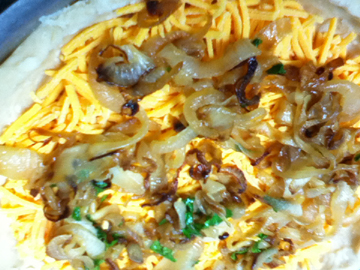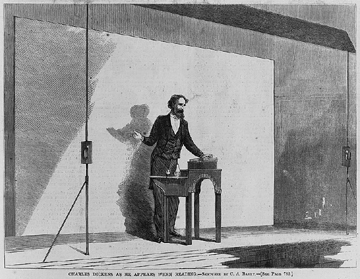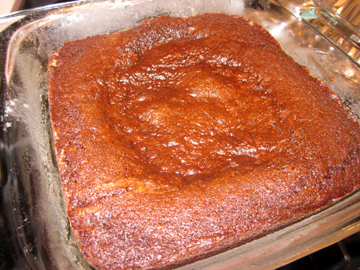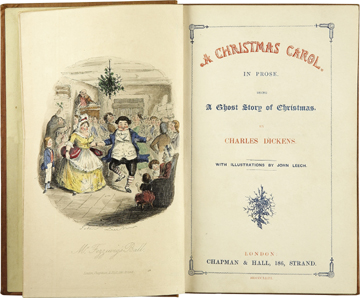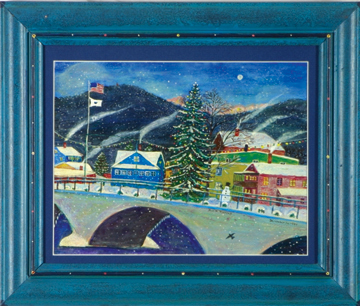“What makes this recipe Italian?” you may ask. Well … I wanted to honor Frank Sinatra. The 20th century’s most popular Italian-American singer would have turned 100 this year. And I am singing in a Sinatra tribute concert this coming Saturday.
To tell you the truth, a similar tart is made in many different places around the world. If I were performing a concert honoring Edith Piaf, I would call it a French fruit tart. If I were paying tribute to lyricist Johnny Mercer of Savannah, I would call it a Georgia peach tart. But … I’m paying tribute to Sinatra so by golly it’s Italian.
My concert will be called “To Be Perfectly Frank.” I am not actually going to try to BE Sinatra—that is, to imitate him. My voice is nothing like his. Even if it were, I would remain woefully aware that anyone who wants to hear Sinatra can listen to the real thing thanks to the enormous repertoire of recordings he left.
What I want to convey is his relationship to music—the way in which he made numbers his own, the emotion he conveyed while delivering a torch song, the fun he had with his colleagues and his audiences. Sinatra had a remarkable facility for putting across a song, a strong sense of self, and an aptitude for reinventing himself. I’d love to emulate him on all of those fronts!
With a little help from pianist Alice Parker and baritone Don Freeman, I’ll perform some of my favorites of his 1000-plus recorded songs on Saturday evening. I hope the audience will approve of our choices.
Donations at the door will go to the minister’s discretionary fund of the Federated Church in Charlemont, Massachusetts. The concert will include several sing-along numbers, and I promise it won’t last too long. Refreshments will be served when the singing ends.
If you can’t make it to Charlemont this Saturday, I hope you’ll listen to a Sinatra recording and make this yummy tart. I prepared it on Mass Appeal this week and later for company—and no one seemed to have any trouble finishing the tarts, even though they were a little large for individual consumption.
The tart-shell recipe comes from Wilton, from whom I purchased the tart pans. I love the fact that it requires no rolling; one just pats the crust into the pans. You may also use an 8- or 9-inch tart pan and have only one large tart. In that case you should reduce the tart shell and pastry cream ingredients by a third.
Ingredients:
for the tart shells:
1-1/2 sticks butter, softened
1/2 cup granulated sugar
2 cups all-purpose flour
1/2 teaspoon salt
1 egg yolk
1 teaspoon vanilla
for the pastry cream (crème patissière):
1-1/2 cups milk
3/4 cup sugar
4-1/2 tablespoons flour
1 pinch salt
3 egg yolks, slightly beaten
1 tablespoon vanilla
for assembly:
fresh fruit in season as needed (I used local peaches from Clarkdale Fruit Farms—wet but luscious!)
Instructions:
Begin with the tart shells. Preheat the oven to 350 degrees. In a mixing bowl cream together the butter and the sugar until they are just blended. Add the flour and the salt, and stir until the mixture seems crumbly. (It will be dry.)
In a small bowl whisk together the egg yolk and the vanilla; drizzle this mixture over the flour mixture. Combine until the flour mixture is evenly moist; it will still be crumbly.
Divide the mixture among 6 (approximately) 4-inch tart pans. Press the dough evenly over the bottom and up the sides of the tart pans.
Bake the crusts for 16 to 20 minutes or until they are golden brown. Cool them for 15 minutes in their pans; then carefully remove them. Cool them completely before filling them. You may make them up to a couple of days ahead and store them in an airtight container.
Next, make the pastry cream. In a heavy pan heat the milk until it is hot, but do not let it come to a boil. Combine the sugar, flour, and salt in a bowl, and stir in the milk. Beat the mixture. Return it to the pan, and stir constantly over low heat for 4 to 6 minutes until it becomes thick and smooth.
Add a bit of the warm mixture to the beaten egg yolks, and then add a bit more; then stir the egg yolk blend into the rest of the pastry cream. Cook for 2 to 3 minutes, until the mixture resembles a thick custard. Cool, stirring every 5 minutes or so, and then stir in the vanilla.
When the pastry cream has cooled (allow at least half an hour for this; you may also cook it the day before and refrigerate it overnight), assemble the tart.
Spread the cream on top of the crust; then arrange the fruit attractively. Serve immediately.
Serves 6 to 8.
And now the video:
